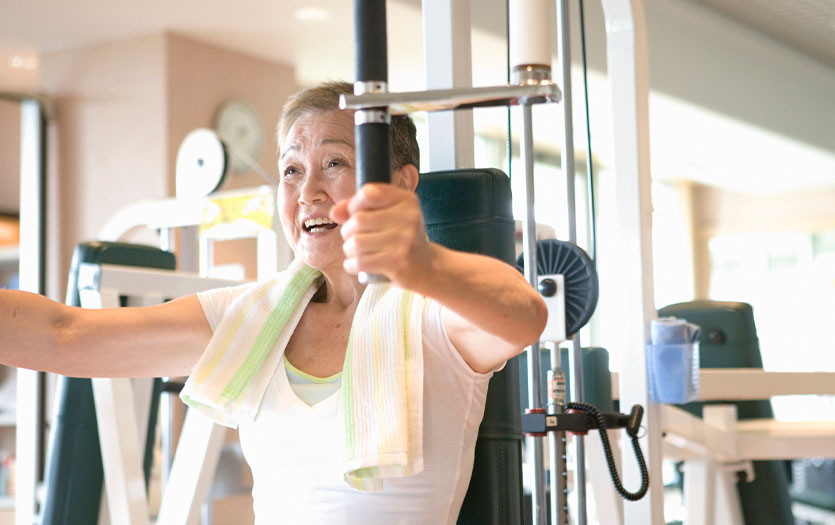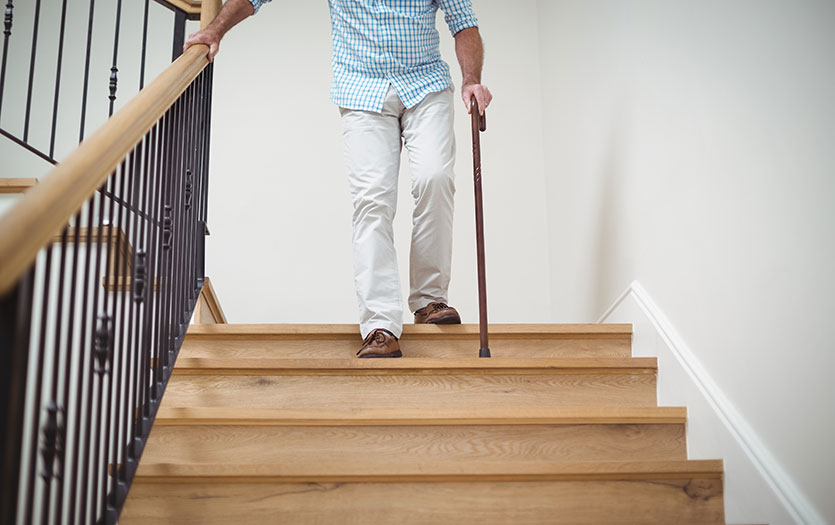
This post was written by Isaac Jones, human performance specialist, Parkview Sports Medicine.
When people think about reaching retirement age, they envision a life of independence. However, aging adults often arrive to their golden years with less mobility than they expected, which hinders both their physical and financial freedom. But it doesn’t have to be this way! By taking a proactive approach to your health and incorporating resistance training into your weekly routine, you can break the norm and improve or maintain your mobility as you get older.
Aging and the body
As adults age, they often become less physically active compared to when they were younger. This physical inactivity can cause a loss of bone mass (called osteopenia) and a loss of muscle mass (called sarcopenia). These conditions can contribute to concerning health risks, including an increased chance of heart disease, dementia, falls, broken bones and more. The truth is, with a decrease in bone and muscle mass comes a higher chance of adverse outcomes for nearly every medical condition.
The costs of aging
And it’s not just your body that feels the effects of aging. Neglecting your physical health can hurt your financial independence as well, causing you to spend more on healthcare due to disease, illness and injury.
In 2019, adults ages 55+ accounted for 56% of total health spending. While Medicare covers a lot of health expenses, it doesn’t cover everything, including certain non-medical long-term care stays. Wouldn’t you rather spend your money traveling or spoiling your grandkids, instead?
The role of resistance training
The good news is that you can take control of your health and keep your independence well into your retirement years by incorporating resistance training into your weekly activity. Weight-bearing exercises applied appropriately have been proven to slow, stop and even reverse osteopenia and sarcopenia. Other priceless benefits linked to resistance training include improved balance, a faster metabolism and increased resilience to mental illness.
How to get started
Don’t be intimidated. Even a small amount of resistance training is going to help improve your physical strength. A recent meta-analysis revealed that adults who perform any amount of resistance training enjoy numerous benefits compared to those who perform no resistance training at all, including a 15% reduction in all-cause mortality, a 19% reduction in cardiovascular disease mortality and a 14% reduction in cancer mortality.
The bottom line: get moving! Any physical activity is better than no physical activity. By taking charge of your health now, you can improve your quality of life and ensure you can stay more physically (and financially) independent for many years to come.
Talk to your healthcare provider about starting a resistance training program that is appropriate for you and don’t be afraid to seek out resources to ensure you are observing proper form and safety.



